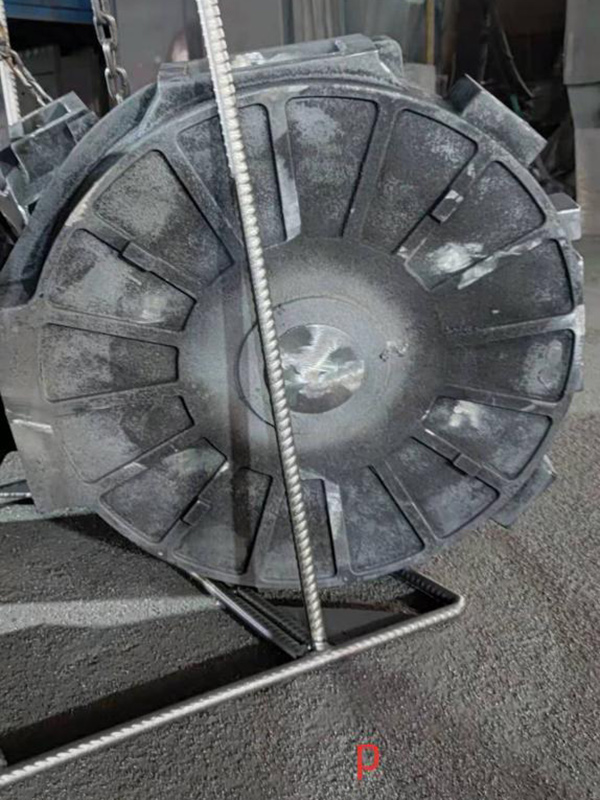Foundry Sand Contamination Causes, Effects, and Solutions
Foundry sand is a crucial component in the metal casting industry, as it is used to create molds for various metal products. However, the effectiveness of foundry sand can be compromised due to contamination, which poses significant challenges to foundry operations and environmental sustainability. Understanding the causes, effects, and potential solutions to foundry sand contamination is essential for maintaining efficient production processes and minimizing ecological impacts.
Causes of Contamination
Contamination of foundry sand can occur through various means. One primary cause is the inclusion of foreign materials during the manufacturing process. This may include dirt, organic matter, or other types of sand that are not suitable for casting. Additionally, dust and particulate matter from the foundry environment can easily become mixed with the sand.
Another significant factor is the repeated use of foundry sand. As sand is reused for multiple casting cycles, it can accumulate contaminants from the metal being cast, mold release agents, and other additives. These contaminants can alter the properties of the sand, affecting its performance in future casting processes.
Chemical contamination is also a major concern. Chemicals used for coatings, mold releases, or additives can leach into the sand, compromising its quality. This chemical presence can result in unwanted reactions during the casting process, leading to defects in the final product.
Effects of Contamination
The impact of foundry sand contamination is multi-faceted. Organizationally, it can lead to increased costs and decreased efficiency. Contaminated sand often requires additional treatment or disposal, creating logistical challenges and financial burdens. The presence of contaminants can result in defects in the metal castings, leading to rework or scrapping of defective products, which can significantly affect production schedules and profitability.
foundry sand contamination

Environmental effects are also significant. Contaminated foundry sand can pose a risk to soil and water quality if not managed properly. When disposed of in landfills, the leaching of chemicals and heavy metals from contaminated sand can lead to long-term environmental damage. Additionally, the extraction and transportation of virgin sand for foundry use can deplete natural resources and disrupt local ecosystems.
Solutions to Contamination
To mitigate the problem of foundry sand contamination, several strategies can be employed. Firstly, ensuring that the raw materials used in the production of foundry sand are free from contaminants is essential. Implementing rigorous quality control measures during the sand's production can help maintain its purity.
Using advanced separation and cleaning technologies can effectively treat returned sand. For instance, mechanical cleaning processes can remove larger contaminants, while chemical treatments can address finer contaminants. Investing in these technologies not only improves sand quality but also reinforces sustainable practices in the foundry industry.
Additionally, establishing comprehensive recycling programs can help reduce the reliance on new sand and minimize waste. By continually recycling foundry sand, facilities can reduce the volume of contaminated sand that requires disposal while simultaneously conserving natural resources. Moreover, collaboration with regulatory agencies can lead to the development of guidelines and standards that ensure safe handling and processing of foundry sand.
Educating foundry workers about the importance of maintaining sand quality is also critical. Training programs can provide insights into best practices for handling sand and identifying potential sources of contamination. Encouraging a culture of environmental responsibility will foster better practices within the industry.
Conclusion
Foundry sand contamination is a complex issue that impacts both production efficiency and environmental health. By understanding the causes and effects of contamination and implementing various solutions, foundries can improve their operational effectiveness while promoting sustainability. As the industry moves forward, an emphasis on quality control, recycling, and education will be vital in addressing the challenges posed by foundry sand contamination. As society increasingly prioritizes environmental stewardship, the foundry industry must adapt and innovate to align with these values.
Post time:ਨਵੰ. . 12, 2024 01:56
Next:sand used for sand casting
